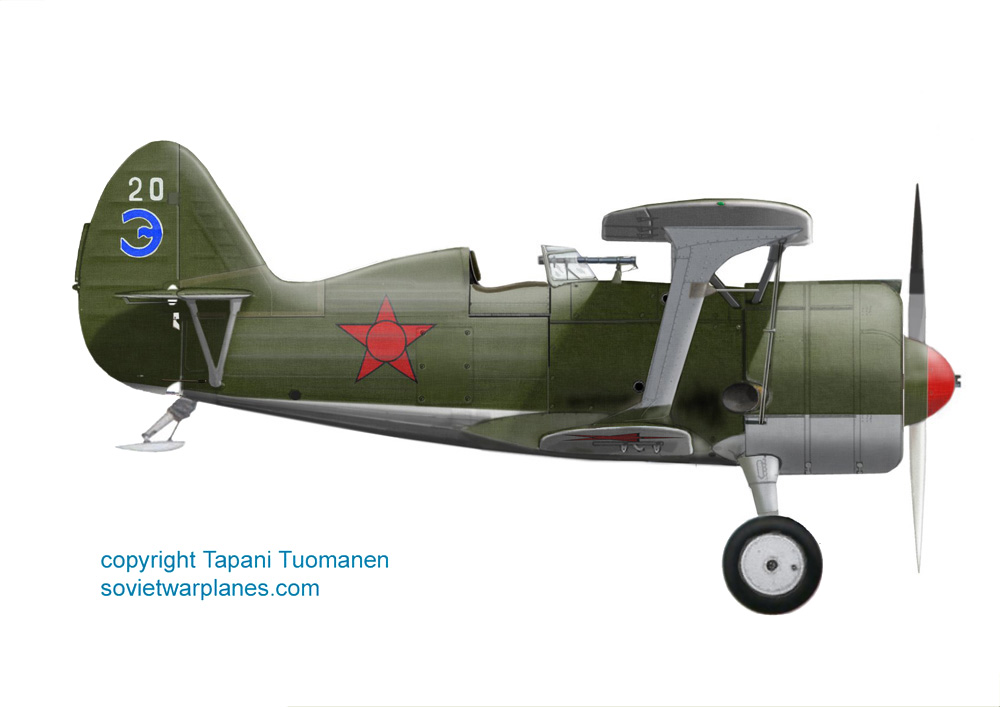
Red 14 and red 16, photographed in Moscow military district before the war, have small red stars on their stabilizers, probably a regimental mark.
Image from Polikarpov biplane fighters, of Y.Gordon and K. Dexter.
Apart for this, Red 14 is a typically painted I-15bis:
- uppersurfaces painted in solid gloss AII green;
- undersurfaces painted in light grey AE-9 on metal parts, and AII aluminium on fabric-skinned parts;
- red stars with thin black outline and circle in six positions: fuselage sides, upper wings uppersurface, lower wings undersurface;
- prop blades were left unpainted, or painted black on the rear only.
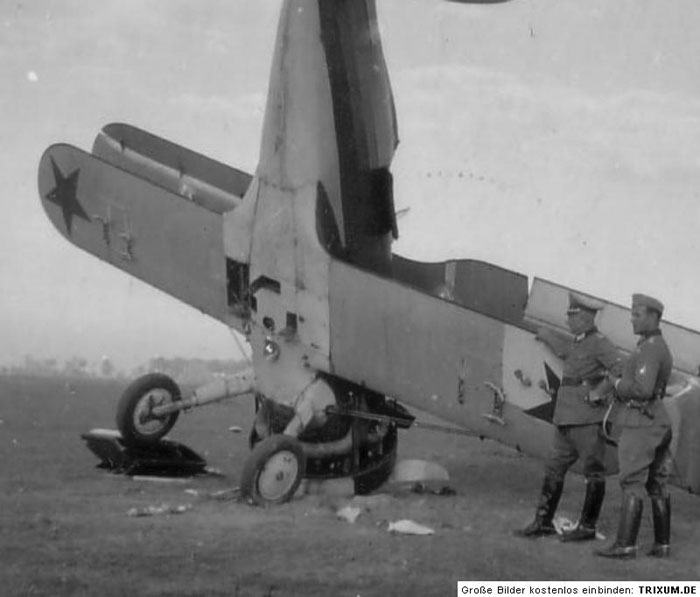
Aside: the undersurfaces of a typical I-15bis allow to distinguish metal parts, painted in light grey, and fabric-skinned parts, painted in AII Aluminium.
Atipically, on this plane the part under the rear fuselage seems painted grey instead of aluminium..
Under the right lower wing, a metal panel for landing torches (that appear bended for the bad landing) is recognizable.
Below: three views of a typical I-15bis with the factory livery: upper and side surfaces were glossy AII green, while the lower surfaces were painted silver/grey (AII aluminium on fabric-skinned parts, AE-9 glossy light grey on metallic parts).
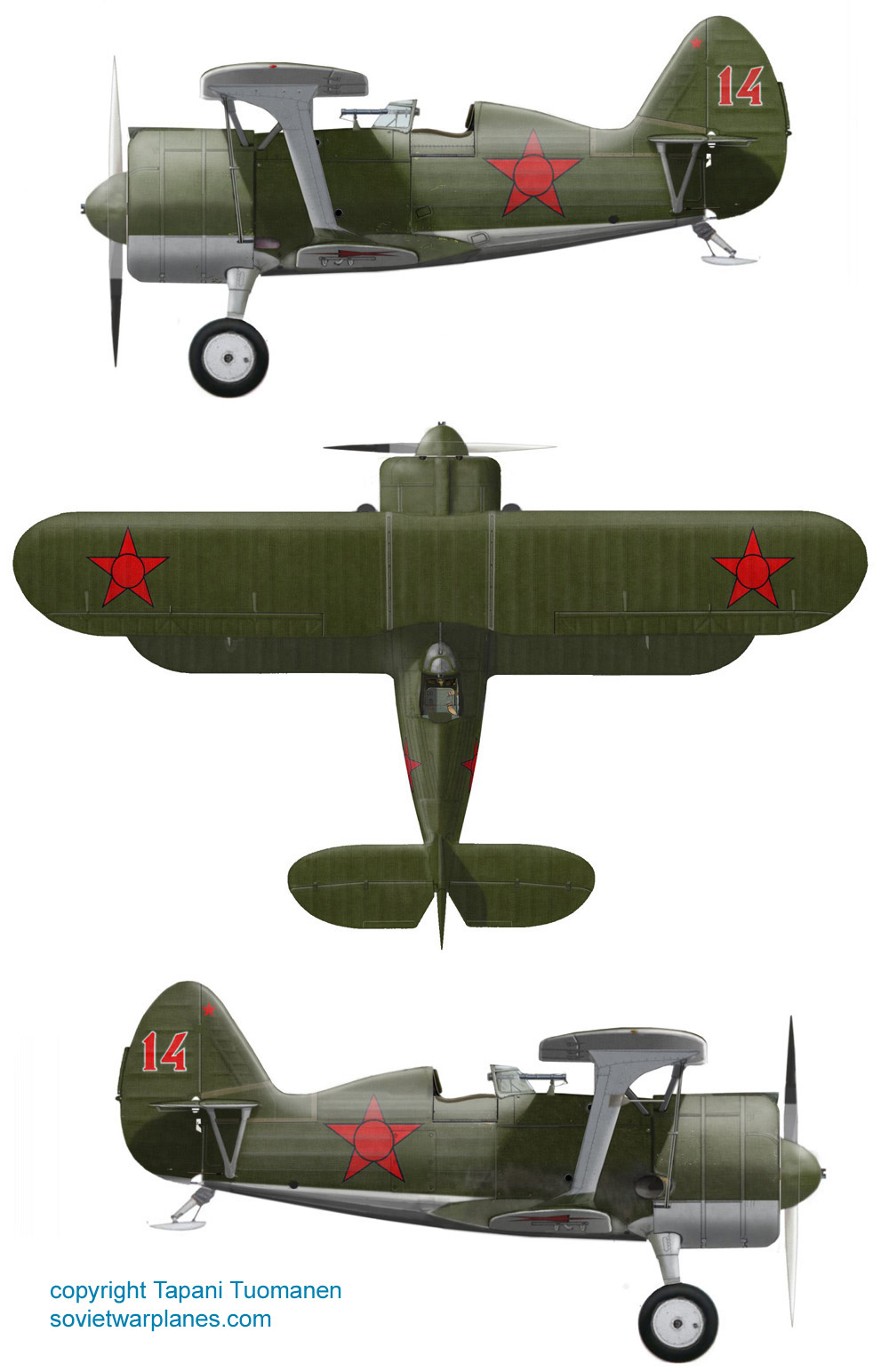
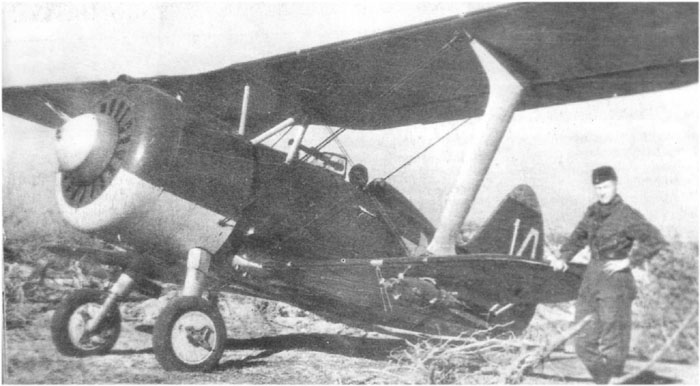
White 14 belonged to 71 iap VVS KBF in 1941. It featured a red tail tip, apparently with a thin black underline, and a white-red spinner, perhaps with a thin black outline separing these colors.
It bore bombs under its wings, apparently AO-25 on the outer racks and FAB-50 on the inner ones.
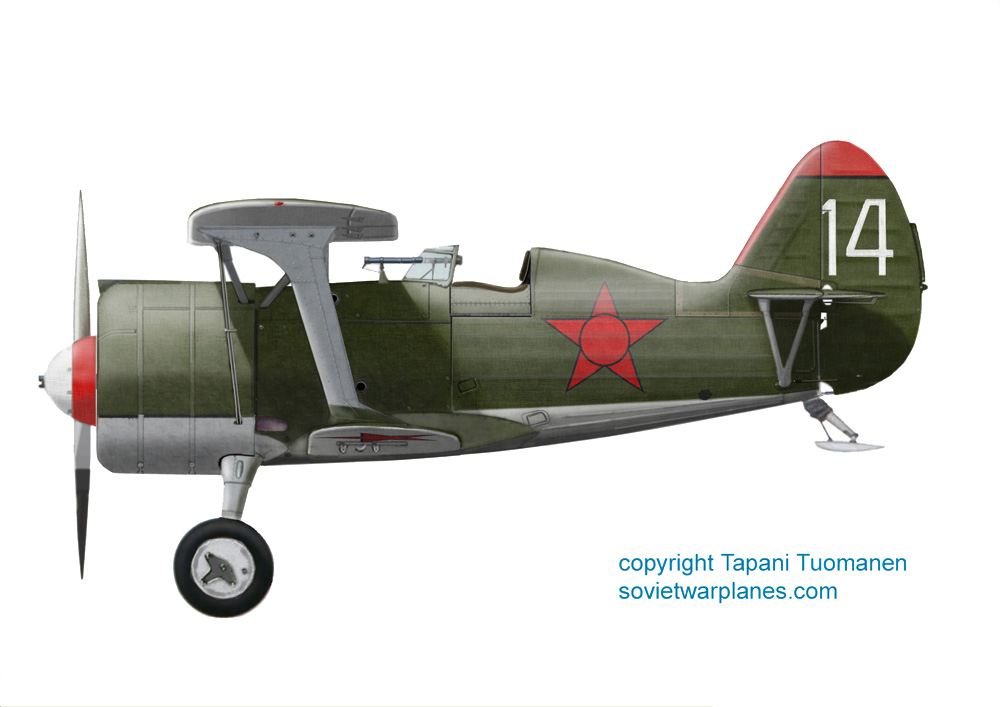


The planes of 42 IAP, left in Vilnus airport in June 1941, seem characterized by white bort numbers, yellow or light blue tail tip with white outline, red (?) spinners and a winged star on the stabilizer, possibly in silver.
Comparing the dark appearance of the red star on the fuselage of n.5 to the tail tip and winged starlet, one can conclude that they weren't red.
Note the light stripes of fabric glued on the joints of the metal plate at the root of the stabilizer; sometimes they were left unpainted and probably were cream or aluminium painted; on other planes they appear to have been painted in green, or just a bit lighter than the AII green of the uppersurfaces.
The darker look of the sides of the fin and rudder of n.5 were sometimes interpreted as a dark blue band, but I think that it was the usual AII green, that looks slightly darker on the fabric than on metal surfaces.
The photo of plane 8, that hasn't the fabric stripe at the base of its fin, shows clearly that the metal plate at its root appears lighter than the fabric surface of the fuselage too.
A very thin black or green line is visible on the edge of the fin, on the cap.


Plane n.6 of the same unit looks to have the white numbers and outine badly weathered off, and the winged star on the stabilizer looks much darker than on the planes n.5 and 8, possibly in red. No any trace of a supposed dark blue band.
Again, the cap on the tail looks to have a dark outline along the upper profile,, possibly black.
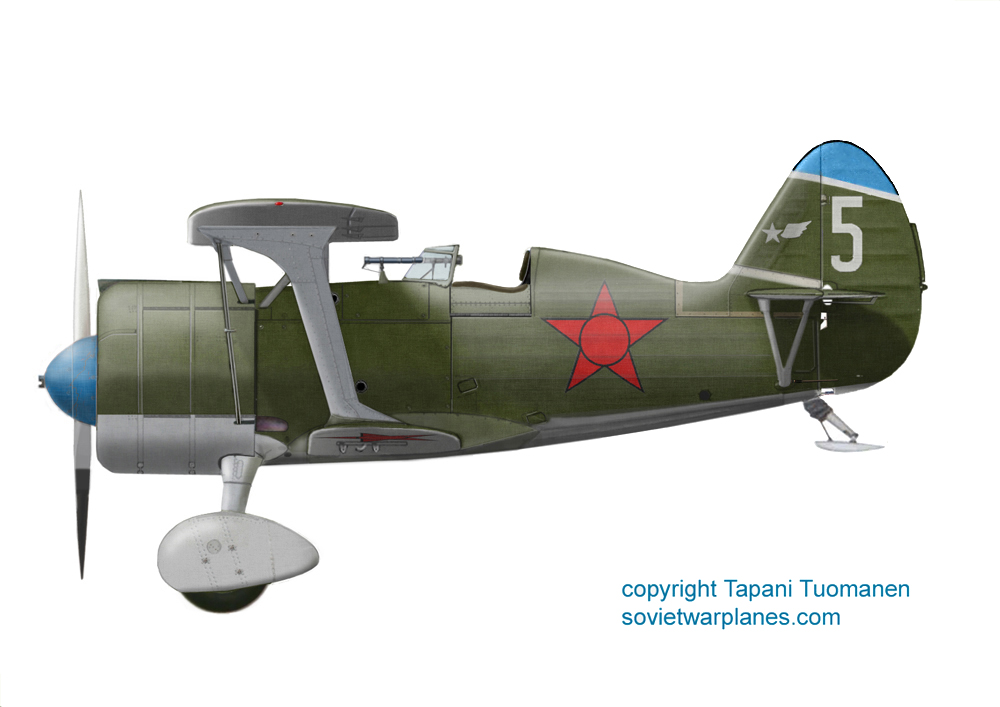
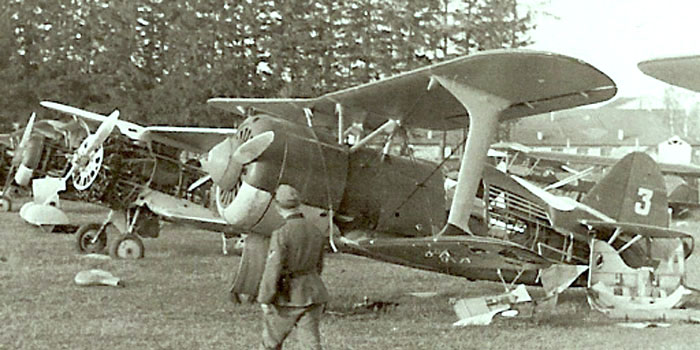
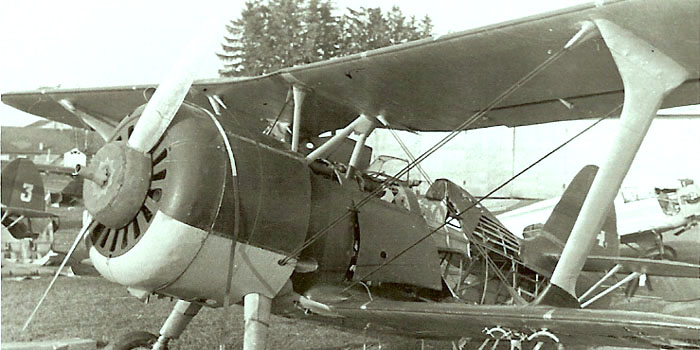
Planes 3 and 4 after their capture by Germans during Operation Barbarossa.
The tail bort numbers, white or yellow, are overposed to a scarcely visible longitudinal band that appears slightly darker than the AII green background, and could be red or dark blue.

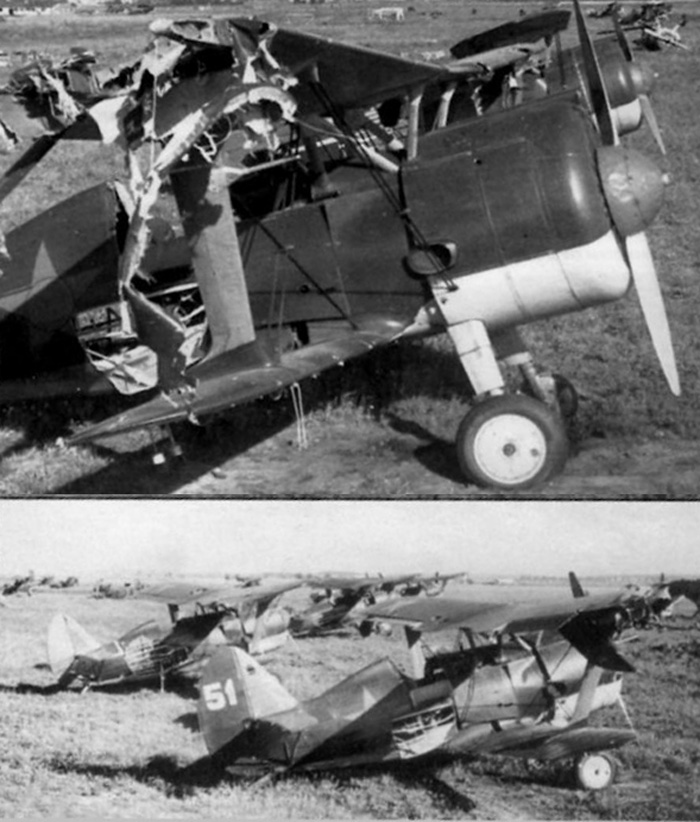
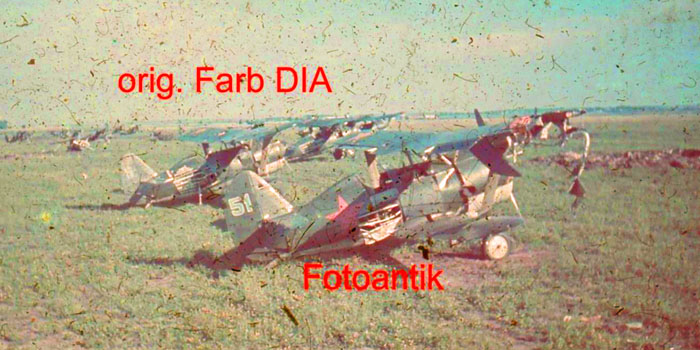
Two images of planes of 66 ShAP, abandoned in the airfield Kurovitsy and captured by Germans in the first days of war. .
The shade of the spinner looks to match that of the red star on the fuselage.
A color diapo of the image does exist, showing what seems to be a light blue '51' with white outline.
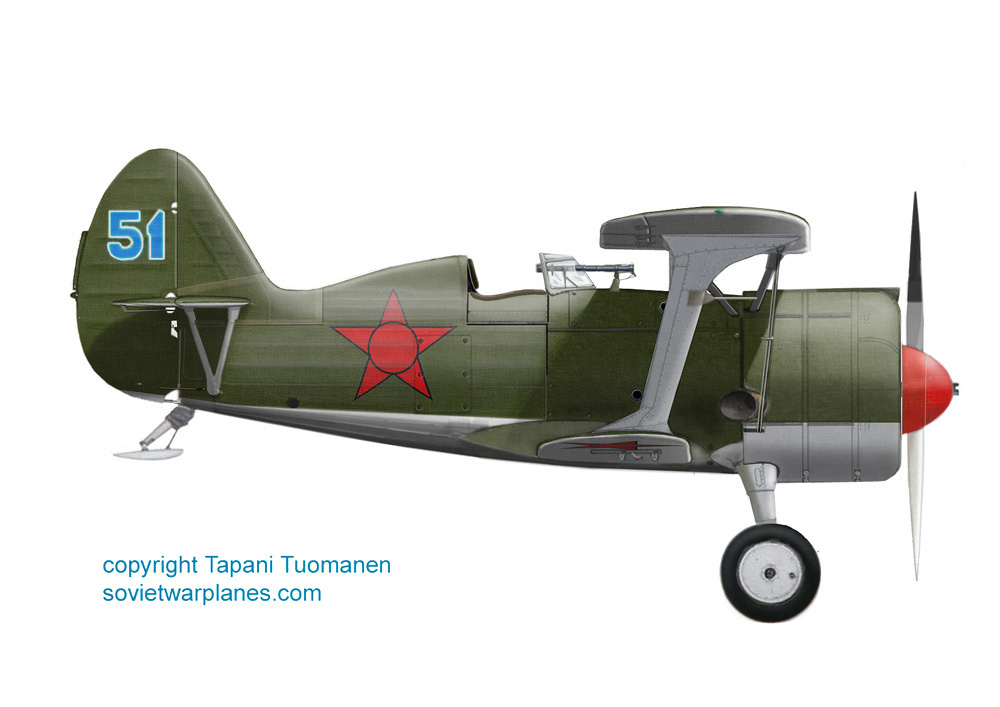

I-15bis of the 65 ShAP / 17 GvShAP, Leningrad front, 1941. The plane looks still to have white or yellow bort number and red tail tip; this looks to have a black underline.
Image from Red Stars of Geust-Keskinen-Stenman

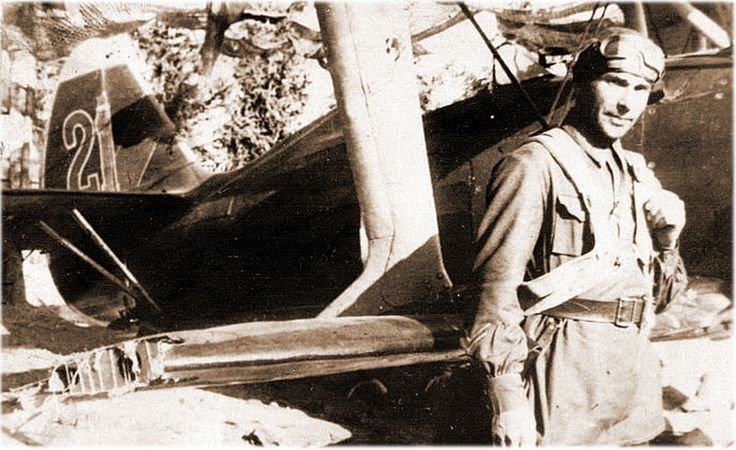
I-15bis of Capt. Krasnolutsky, commander of a squadron of 65 ShAP, Leningrad area.
The wing is broken after a collision with a Bf-109 that went down.

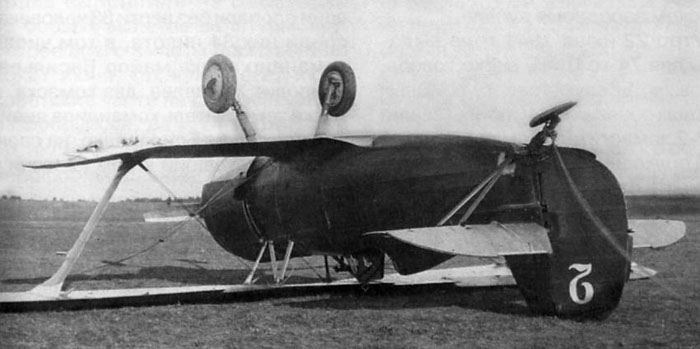
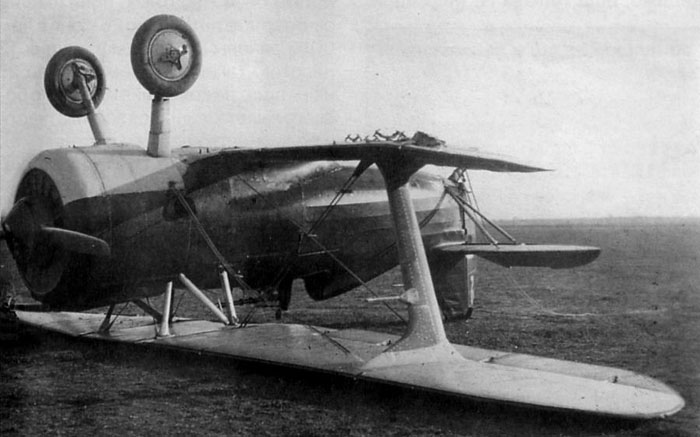
Plane 'white 2' of 74 shap had a landing accident before the war, on 3 March 1941, on the Kyplin aerodrome.
Images via Vitaliy Timoshenko
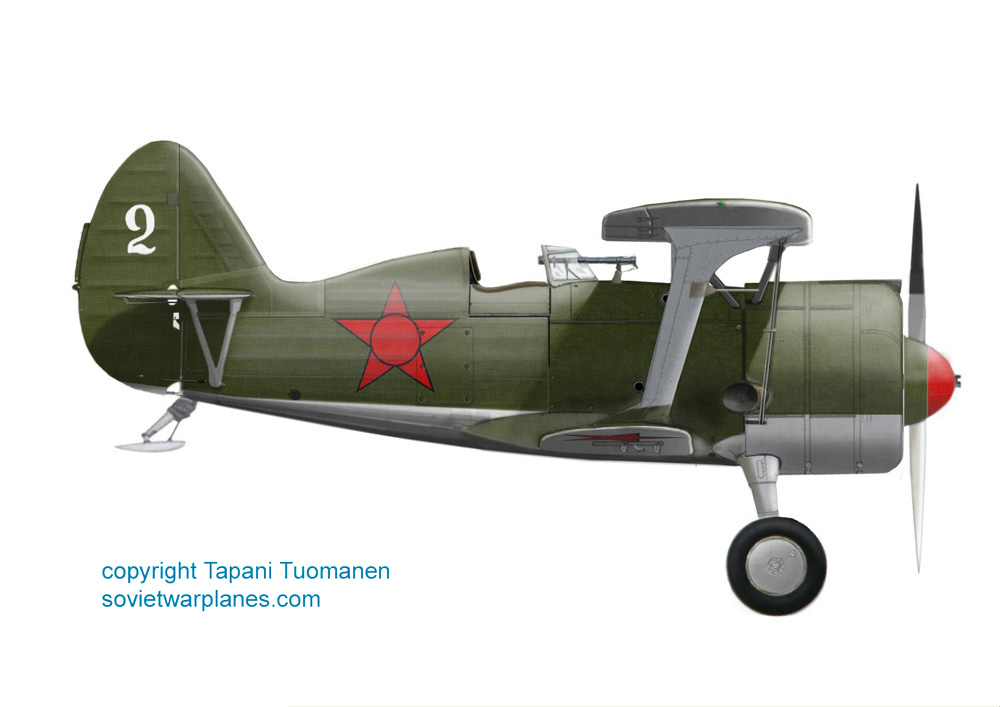
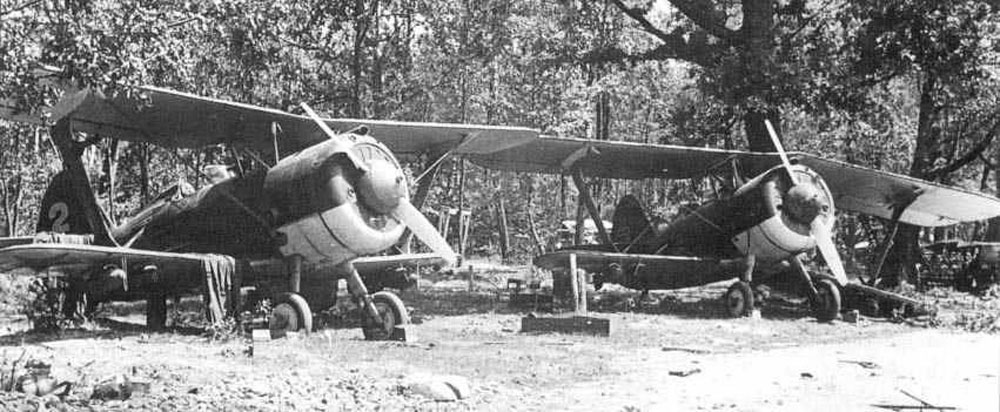
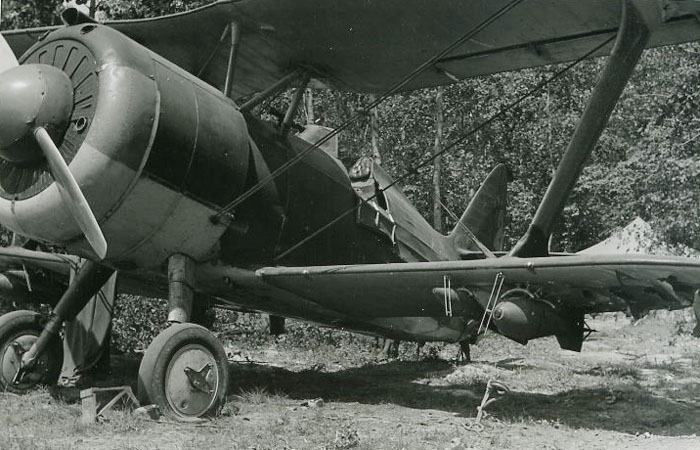
Here we see some photos of plane (blue?) 2 and (red?) 4 of 74 ShAP on the airport of Malyye Zvody, captured by Germans at the beginning of Barbarossa operation.
The plane had a bomb load (2 FAB-50 and 2 AO-25) for its duty in a ground attack unit.
The spinner and number of plane 2 are of a lighter color of those of plane 4.
Some step in the color of the cowling suggests that the plane was repaired with pieces of another one.
The dark halo on the tail creates the illusion of a camouflage, but it is a shadow due to the frontal lightening and to an internal strut. So, it is likely that the plane had an usual prewar livery, eventually with some repainting for maintenance.
Images from http://imf.forum24.ru/?1-4-0-00000158-000-0-0-1485423737
Images via Vitaliy Timoshenko
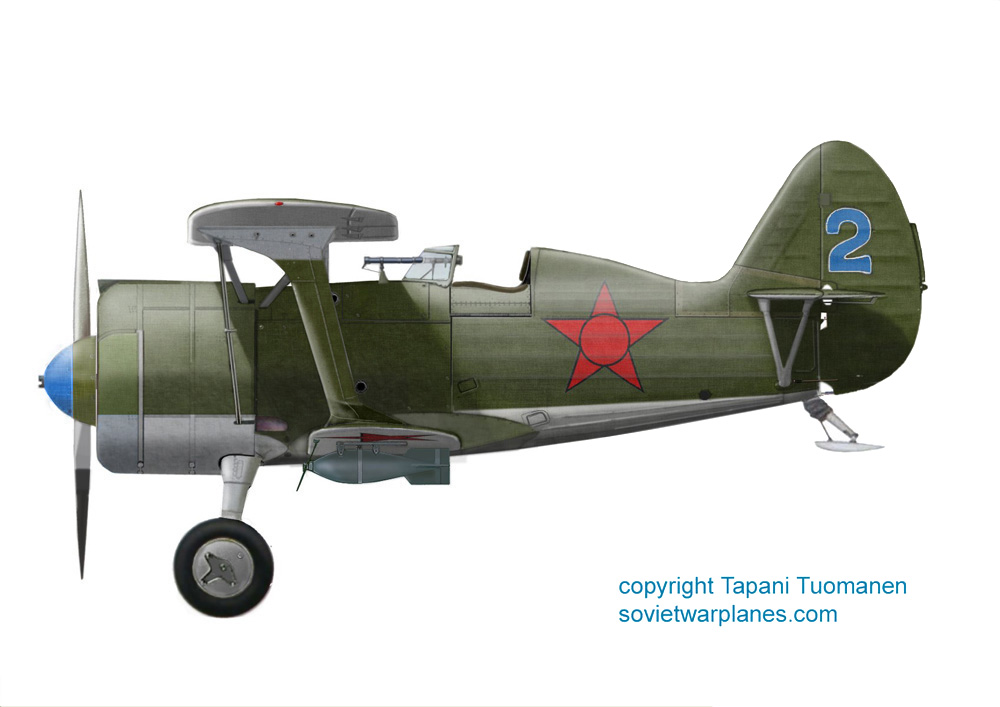
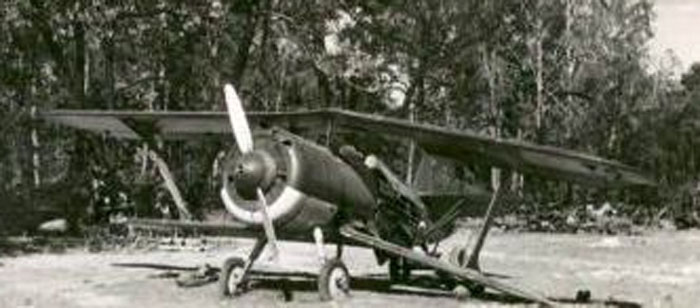
Plane 4 looks more or less identical to 2, but both the front of the spinner and the number on the tail are darker, and could be red.
Images via Vitaliy Timoshenko
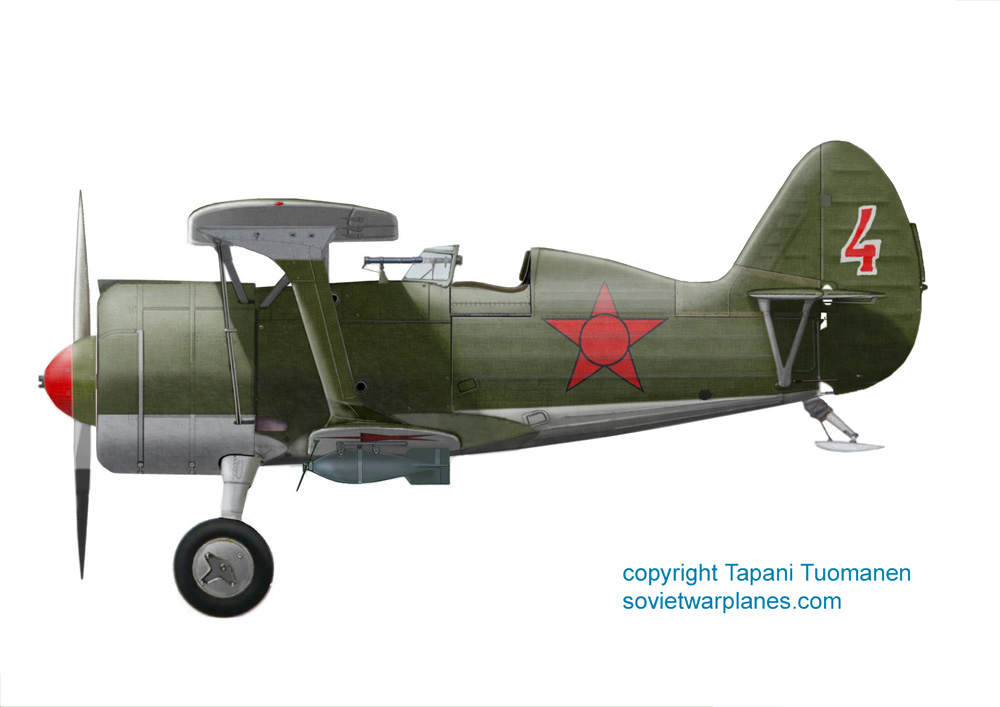
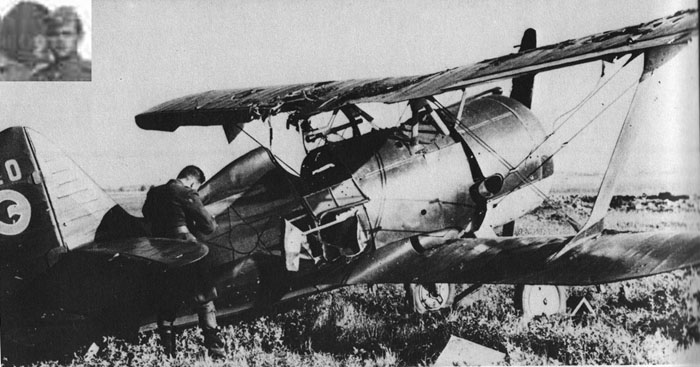
Plane of 66 ShAP captured on the Rzesno airpor, neart L'vov, in the first days of war.
On the small photo, a detail of the same plane from another photo that confirms that the small number was 20.
The character E has the inside of a light color, supposed blue, and a white outline.
Images via Vitaliy Timoshenko
